DPF Cleaners and DPF Cleaning – The Definitive Guide
This is the second iteration of this article. It has been updated to reflect the common problems encountered when tackling what are understood to be DPF blockages.
In this article, we will address the following questions:
- What is a DPF?
- Why do DPFs clog up?
- Misdiagnosis and related common faults.
- Reasons why a DPF cleaner may not work for you?
- The correct logical steps to diagnose and fix a DPF blockage.
What is a DPF?
A DPF or Diesel Particulate Filter is a device integral to the operation of the exhaust emission control system. It captures particulate matter and hydrocarbons and stores them. Every so often, a regeneration process occurs where these deposits and particulates are burned off, converted to CO2, and vented out the exhaust.
Why do DPFs clog up? There are several contributing factors.
The first is the quality of the fuel. The second is the quality of the engine oil, and the third is the driving style and journey type. Diesel engines are not designed for short journeys or stop-start driving; such conditions create excess particulate matter in the emission control components. That means the DPF and other parts such as the EGR and catalytic convertor have more particulate waste to deal with.
The issue arises when the engine produces more particulate matter than the DPF can handle. Various symptoms may become evident such as engine hesitation or power loss. Eventually, an engine warning light informs you there’s an issue with the system, and if not resolved, the vehicle is put into a “limp home” mode, with reduced power.
If the system is clogged excessively, it is common for the ECU to prevent further regeneration. This is very lucrative for some dealerships and garages because, in their view, you have to replace the DPF, which can run four figures in cost. I can tell you categorically that the DPF can be cleaned unless it has failed catastrophically, even if it’s 100% saturated and the vehicle will barely run at idle. It can also be cleaned even if the ECU will no longer force a regeneration cycle with the help of diagnostic software. Furthermore, modern cleaning techniques and technology mean that the DPF does not have to be removed to be thoroughly cleaned but more on that later.
It is important to note that particulate matter that accumulates in the DPF is NOT just from the fuel and the combustion process. It’s usually a combination of those elements and engine oil. Oil can be blown through the crankcase breather system, but more commonly (on a diesel engine), it bypasses the piston rings and is poorly combusted. Those particulates then accumulate in the DPF. This is the reason you have mid-SAP and low-SAP oils. The theory is that such oils have lower ash content, which gives the DPF an easier life. In some cases, high ash content can damage the DPF because it cannot combust those types of particulates. Our experience differs from this as higher ash oils can prevent oil from being bypassed in the first place. However, that is a different subject for another day.
Resolving a Blocked DPF
Firstly, one of the most common mistakes is misdiagnosis. An emission control warning light or even a DPF warning light does NOT ALWAYS mean the DPF is blocked. This is much more common than you think, so do not assume the DPF must be blocked if your vehicle produces a DPF warning light.
For Example:
- Emission warning lights are generally shared across the entire emission control system, so an EGR (exhaust gas recirculation) valve fault or similar can be the root cause of what first appears to be a DPF issue.
- One of the most common faults is that the Pressure Differential Sensor that calculates the saturation level and reports an over-saturation condition to the ECU could be faulty. In other words, the DPF is fine, but the sensor reports excess carbon and prevents a regeneration cycle. These sensors should be one of the first things checked, but they are often ignored. The result is an unhappy customer as the cleaning product or process “didn’t work.” It probably did, but the sensor is just reporting otherwise.
- The ECU has identified the pressure sensor as faulty, which needs to be replaced rather than the DPF cleaned.
Secondly, and more important than the first, there MUST be an underlying reason for a DPF blockage if, in fact, it is actually blocked. The underlying causes should be established and, where possible, addressed accordingly.
For Example:
- Fuel system deposits resulting in inefficient combustion can produce more carbonaceous matter than the DPF can manage. This can also apply to oil of low quality or incorrect specification. Is the engine consuming oil?
- Driving style and journey types. Certain conditions must be met to enable the DPF to regenerate and manage the carbon build-up. Continuous low RPMs, stop/start driving, and short journeys that do not permit the engine and DPF to reach full operating temperature will eventually take their toll.
- Other underlying faults, such as an injector or EGR issue, could prevent the DPF from regenerating. The ECU recognizes an underlying fault and “locks out” or prevents DPF regeneration cycles.
- As mentioned above, the pressure differential sensor is faulty, misreading the level of backpressure between the front and rear of the DPF. The saturation level is only 10%, yet the sensor calculates 50% = game over until the sensor is replaced.
Therefore, as best as you can, it is essential to establish if there is a DPF blockage and if there is, or there is a high probability that there is, to identify the root cause(s). If not, you will be fighting a losing battle.
This is why fuel-based DPF cleaners and professional DPF cleaning are so hit and miss. Many users fail to diagnose and/or address the root cause correctly.
If a fuel-based DPF cleaner did not “work” then there is a good chance that the actual fault is not directly DPF related or that an underlying problem is forcing you into a lose-lose position. It is not always as straightforward as many make out, but I will make it as easy as possible.
Logical Steps to Resolving Suspected DPF Issues
| STEPS | ACTION | APPROX. COSTS |
| 1. Simple | If you suspect the DPF is blocked, then before you spend a penny on diagnostics or treatments, do this: Get the vehicle up to the full operating temperature, drive down the road and drop a couple of gears to get the engine revs above 3-3.5k. In other words, try to force a DPF regen. | Free other than the cost of fuel |
| 2. Basics | If the above fails, you need to choose to use a fuel-based cleaner and/or investigate further. If using a cleaner, then combine it with step 1. It is a reasonable low-cost process of elimination. I would recommend a high-strength fuel system and engine cleaner first before using a dedicated DPF Cleaner OR use a fuel cleaner with a combined DPF cleaning function. A basic OBD / CAN BUS code reader can be purchased for as little as £10-£20. I recommend everyone keeps one in their car. If warning lights are visible, then the ECU will have stored codes, and rather than blindly guessing, you are well on your way to correctly diagnosing the issue or any underlying problems. If the codes indicate a DPF saturation issue, then this may be enough to justify using a high-quality fuel cleaner and/or dedicated DPF cleaner. The rationale for using a fuel cleaner first is that it will ensure the fuel system is clean (a common underlying fault) while also helping to clean the DPF by restoring combustion efficiency. Many fuel system cleaners and carbon removers also include catalyst technology that will actively remove carbon from the DPF anyway. Please don’t hesitate to contact us if you need help interpreting error codes or advice on the correct product choice. | High-Quality Fuel Cleaner – £20Code Reader – £10+Dedicated DPF Cleaner or combined Fuel and DPF Cleaner- £20+ |
| 3. Professional Diagnosis – Basic | If you don’t have a code reader, then a diesel specialist will be able to read the codes for you, leaving you with the choice to attempt the fuel cleaner-based route should the codes point to a genuine DPF blockage issue. If the Technician has the correct diagnostics tool, they should be able to attempt to force a regeneration cycle either on its own or aided by an in-tank DPF cleaner. | Basic Code Reading – £20+Forced Regen – £30+ |
| 4. Professional Diagnosis – FULL | A full diagnosis should include a full error code check and a test of the pressure differential sensor and other emissions control components that can create an apparent DPF issue. Basically, you want to confirm if the DPF is genuinely blocked, and if so, why? Or the technician needs to identify the underlying fault(s) creating the warning lights. If it looks like a DPF blockage, the first step is for the technician to attempt to force a regen cycle via the diagnostics tool. This is by far the cheapest fix before professional cleaning or worse, DPF removal. | Complete Diagnosis – £60+Plus any remedial treatment/repair costs. |
| 5. Professional DPF Clean | If other underlying faults have been ruled out, a DPF blockage correctly diagnosed, and a fuel system cleaner plus DPF cleaner hasn’t worked. A professional clean would be the next logical step. Our recommendation would be a professional DPF Cleaning Kit. These are professional use products, so you will need to find a participating garage. This is a non-invasive process and is fully guaranteed. The garage will require the correct equipment to reset the DPF and, where necessary, force regeneration once cleaned. | Professional DPF Clean £200+ |
Further information:
In many cases, using a professional fuel system and carbon cleaner to ensure that the fuel system and injectors operate without deposits can be more important than using a dedicated DPF cleaner. Not only will a fuel system cleaner help clean the DPF anyway, but it will eliminate one of the most common contributory factors (dirty injectors) that, if not resolved, will allow the DPF to clog up again soon after. For this, we recommend the new Oilsyn Diesel Dr and DPF & Turbo or Archoil AR6400-D MAX.
You can use a generic cleaner that relies on the natural scavenging and cleaning mechanism (as described in the EGR cleaning article), or you can utilize one of the higher-end cleaners that use molecules activated during the combustion process (catalysts). These molecules bond with the hydrocarbons in the DPF and reduce the threshold temperature at which they can burn. By far, the best we have tested is the Oilsyn DPF & Turbo Dr. It contains chemistry comprising of carbon-removing molecules that are activated during the combustion process rather than destroyed like most fuel additives. This type of DPF cleaner combined with a spirited drive (or dropping down a gear) to create more heat will help to clean the DPF much more thoroughly. In genuine DPF blockage cases, these cleaners have some of the highest success rates of any DPF cleaning additives we have tested, reducing the saturation percentage, removing the engine warning light, and enabling passive regeneration.
It’s important to point out that heat is vital when removing carbon. So, using such a cleaner for short journeys will inhibit results. You have to combine them with a longer run and a driving style that permits the temperature within the DPF and the system in general to increase.
Suppose passive regeneration is not restored and the cleaner is not working. In that case, the DPF is oversaturated to the point that the ECU will not permit a regeneration cycle, the issue has been misdiagnosed, or another factor is restricting DPF regeneration. DPF regen could be locked out by the ECU rendering the system inoperable. It is also possible to have a vehicle so saturated that the back pressure is restricted so much that it will barely idle. For this, the DPF needs to be cleaned directly by a professional.
Professional Cleaning
It usually consists of a 2 step cleaning process that must be administered by a professional. The first of this series is sprayed directly in the DPF through the pressure sensor hose. The chemical bonds with the carbon to dissolve it and prepares for the next stage.
The second step involves holding high revs to burn off the carbon for a few minutes, followed by a flushing solution administered through the same hose. This removes any residual cleaning agents and deposits.
We recommend finding a garage local to you for this type of clean.
Maintaining a Clean DPF
Once the DPF is clean, it’s equally important to ensure that the particulates remain at a manageable level. I’ve already mentioned the importance of a professional fuel system cleaner to restore efficiency in the fuel injectors. I’d also recommend an ongoing fuel additive with a fuel catalyst or combustion modification technology, such as Oilsyn Diesel Power DNA or Archoil AR6900-D MAX. They will lower the number of hydrocarbons created in the first place. They reduce the threshold temperature at which the fuel is burned even when the engine is cold. So, even from the moment you start the engine, you’ll be producing fewer hydrocarbons. This is critical if your vehicle is just used for local trips (shopping runs, school runs, etc.). It gives the DPF a much easier life and will reduce its tendency to become oversaturated in the future. We have many reports from consumers and fleet owners that their vehicles regenerate much less when using Diesel Power DNA. The key is to keep the carbon production at a manageable level for the emission control system, and such additives achieve this.
Excessive Oil contamination
If the engine consumes oil, then unburnt oil can contaminate the DPF. During the next oil change, use a professional engine oil flush to restore lost compression, such as Oilsyn ReleaseTech Power Flush. As deposits build up on the piston rings, they push the rings away from the bore, thus allowing oil to bypass the rings and enter the combustion area. Once that happens, the DPF has to cope with an influx of particulates and more buildup.
Then use a high-quality oil and/or oil additive to retain correct compression and prevent any future deposit build-up. For this, we recommend any genuine synthetic oils (group IV or better) and/or Oilsyn Velosyn or Archoil AR9200 V2. This will keep the piston rings and bores clean and reduce the amount of oil entering the intake. Combine this with a fuel additive, and there’s no reason the DPF cannot outlive the vehicle itself without the need to use dedicated DPF cleaning procedures (invasive or otherwise).
I hope that helps. If you require any assistance, please don’t hesitate to contact us.



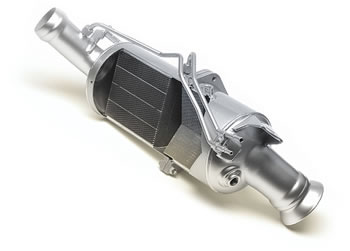
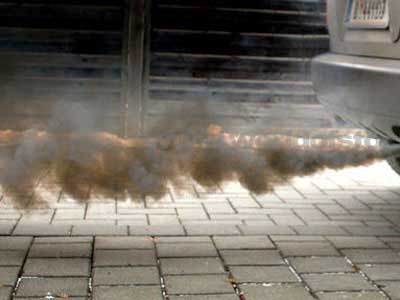
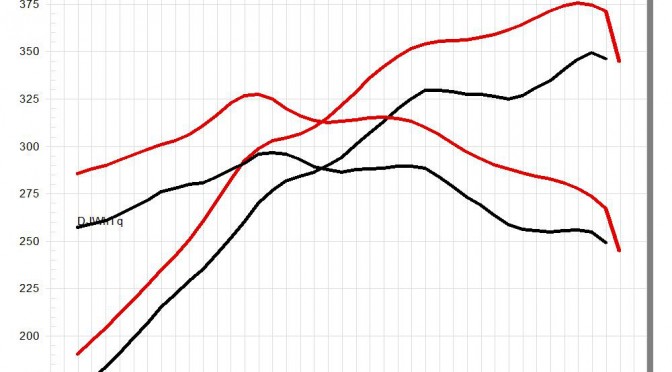
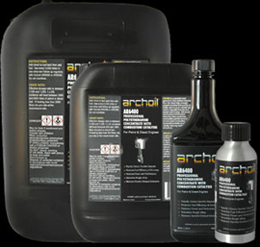
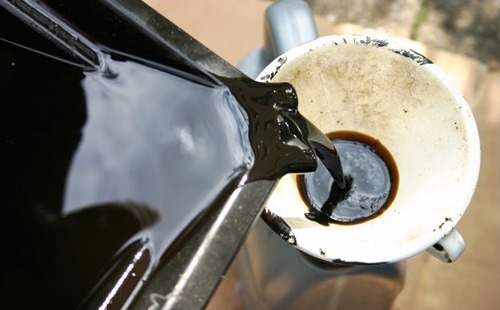
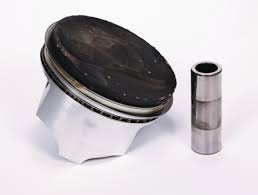
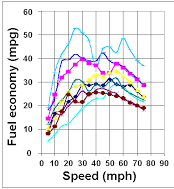

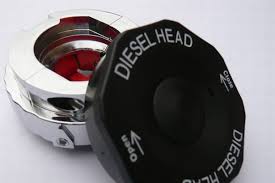
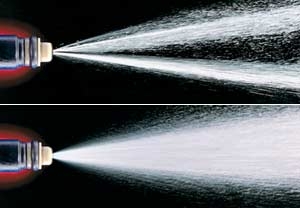
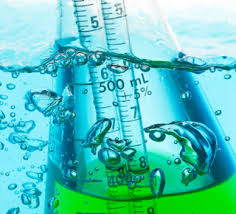
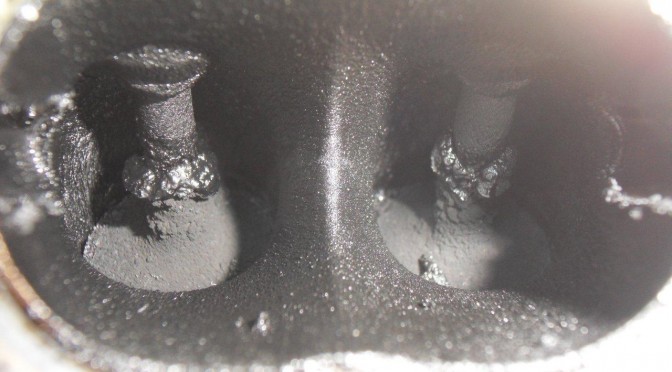



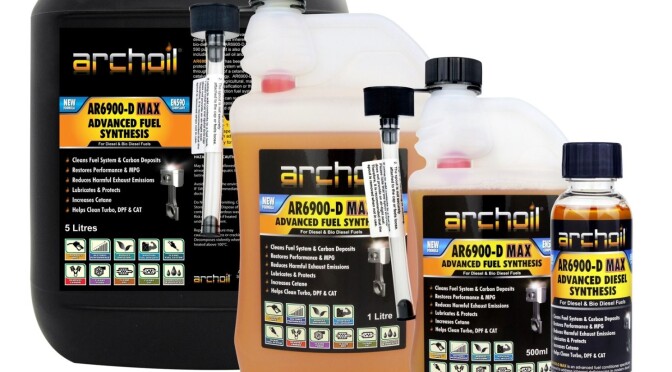
 categories
categories